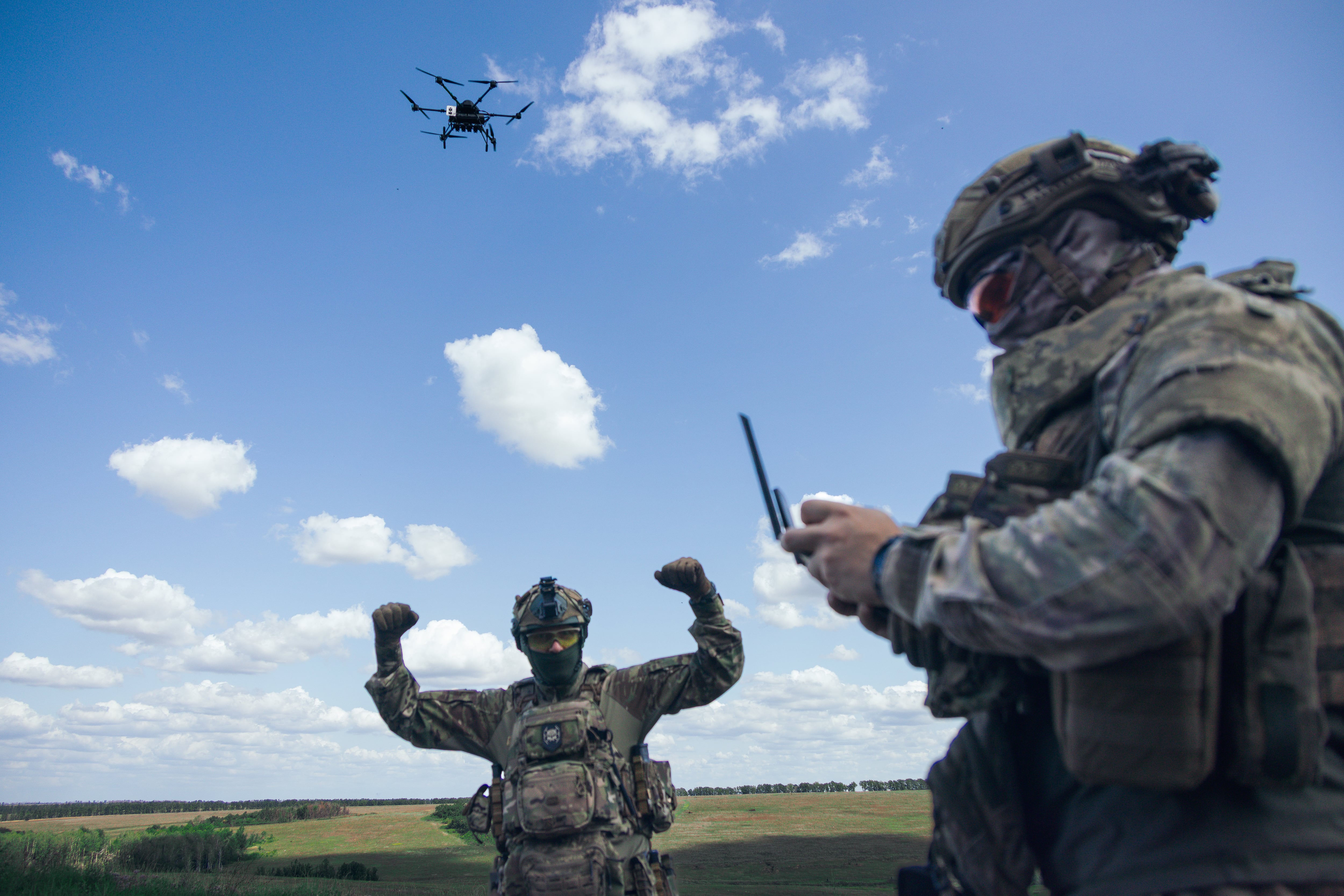WASHINGTON — The U.S. Air Force has started to return some of its 116 grounded C-130H mobility aircraft to flying status, but cautioned the process for getting the remainder back in the air will be slow going.
So far, two C-130Hs have been returned to service since the grounding began Sept. 27, Air Mobility Command spokesman Maj. Beau Downey said in a Friday email to Defense News.
One of those planes was returned to flying status after it was inspected and deemed airworthy, Downey said in a follow-up email. The second had one “unserviceable” 54H60 propeller that needed to be replaced with a working one of the same model, he said.
Much of the Air Force’s C-130H fleet, including variants, was grounded late last month after cracks were found in a few planes’ older propeller barrel assemblies.
Those problems were uncovered after maintainers at Warner Robins Air Logistics Complex in Georgia were test-running the engine of a C-130H that had just undergone depot maintenance. They found a persistent leak and sent it for further examination at the complex’s propeller shop, where the first crack was found.
The groundings most heavily hit Air Force Reserve and Air National Guard units.
Downey said maintainers immediately began inspecting the planes, which have the older 54H60 model propeller installed, after the grounding and issuing of a time-compliance technical order.
The inspection process includes figuring out if propellers have defects and, if they need to be replaced, installing unaffected 54H60 assemblies from the Air Force’s existing supply, or speeding up the installation of the newer NP2000, which has eight propeller blades.
“We are looking at multiple avenues for accelerating the fixes, but anticipate the process to safely inspect, and if necessary, replace the affected propellers will take some time,” Downey said. “We are working closely with affected units, and we continue to have sufficient airlift to meet our global requirements.”
Downey said the Air Force is trying to increase propeller production and in the meantime balance the number of good propellers it has available.
The Air Force is also trying to figure out how to physically centralize the inspection and repair process across commands to fix the planes more efficiently.
“This is a technically and logistically complex problem,” Downey said. “Right now, we are in the initial stage, focused on ensuring all functions addressing the fixes are aligned. While we expect the flow of inspections and fixes to increase in the near future, we are focused on safety and quality.”
The Air Force Reserve said earlier this month that Dobbins Air Reserve Base in Georgia, which already had new propellers installed on most of its C-130Hs and was largely unaffected by the groundings, was planning to ship the handful of propeller assemblies it had in stock to other reserve units to help get their planes flying again.
Collins Aerospace, which makes the propellers, said in a statement to Defense News earlier this month that the problems emerged after the company delivered them to the Air Force, following a maintenance procedure the company did not perform.
Stephen Losey is the air warfare reporter for Defense News. He previously covered leadership and personnel issues at Air Force Times, and the Pentagon, special operations and air warfare at Military.com. He has traveled to the Middle East to cover U.S. Air Force operations.





